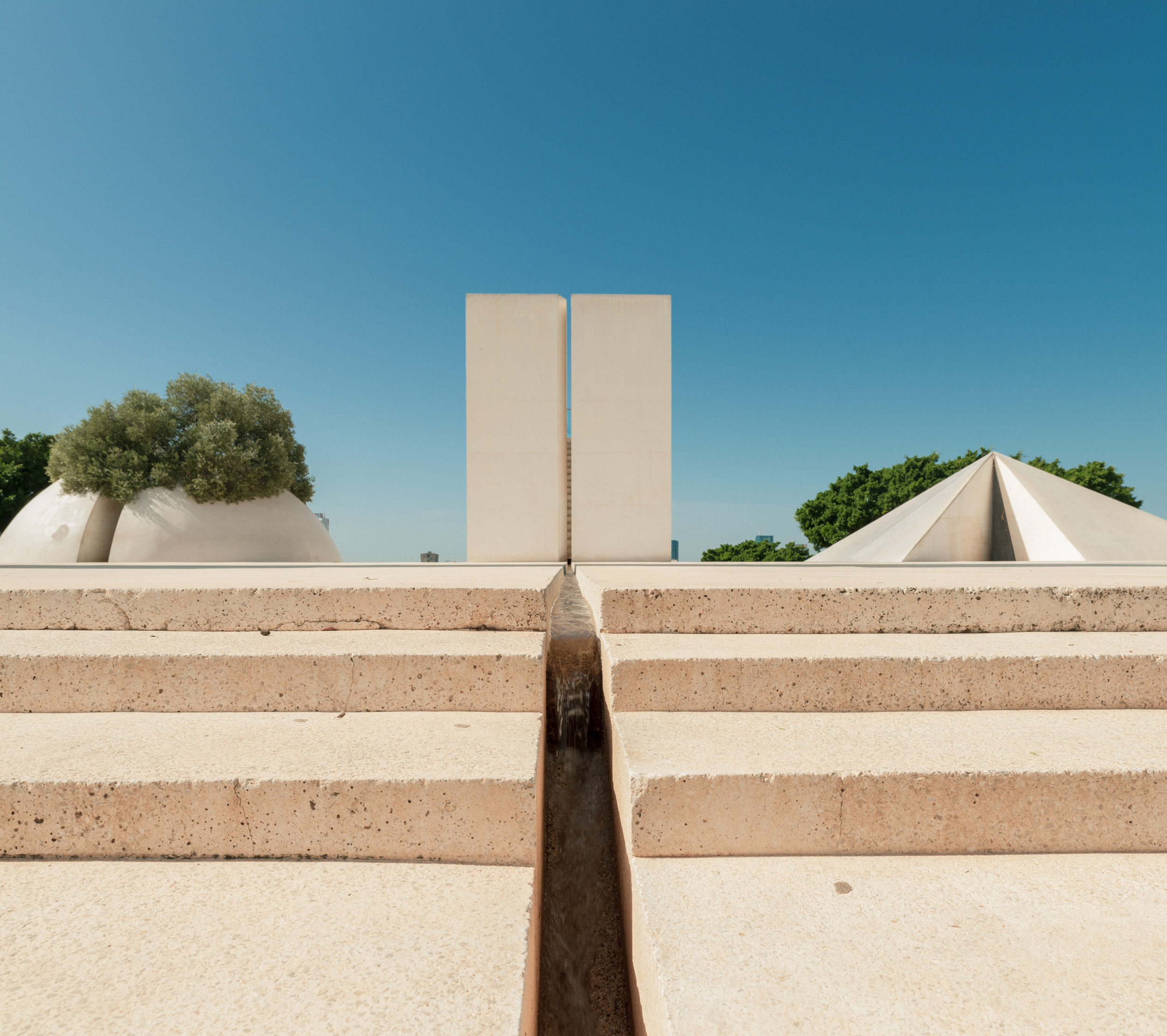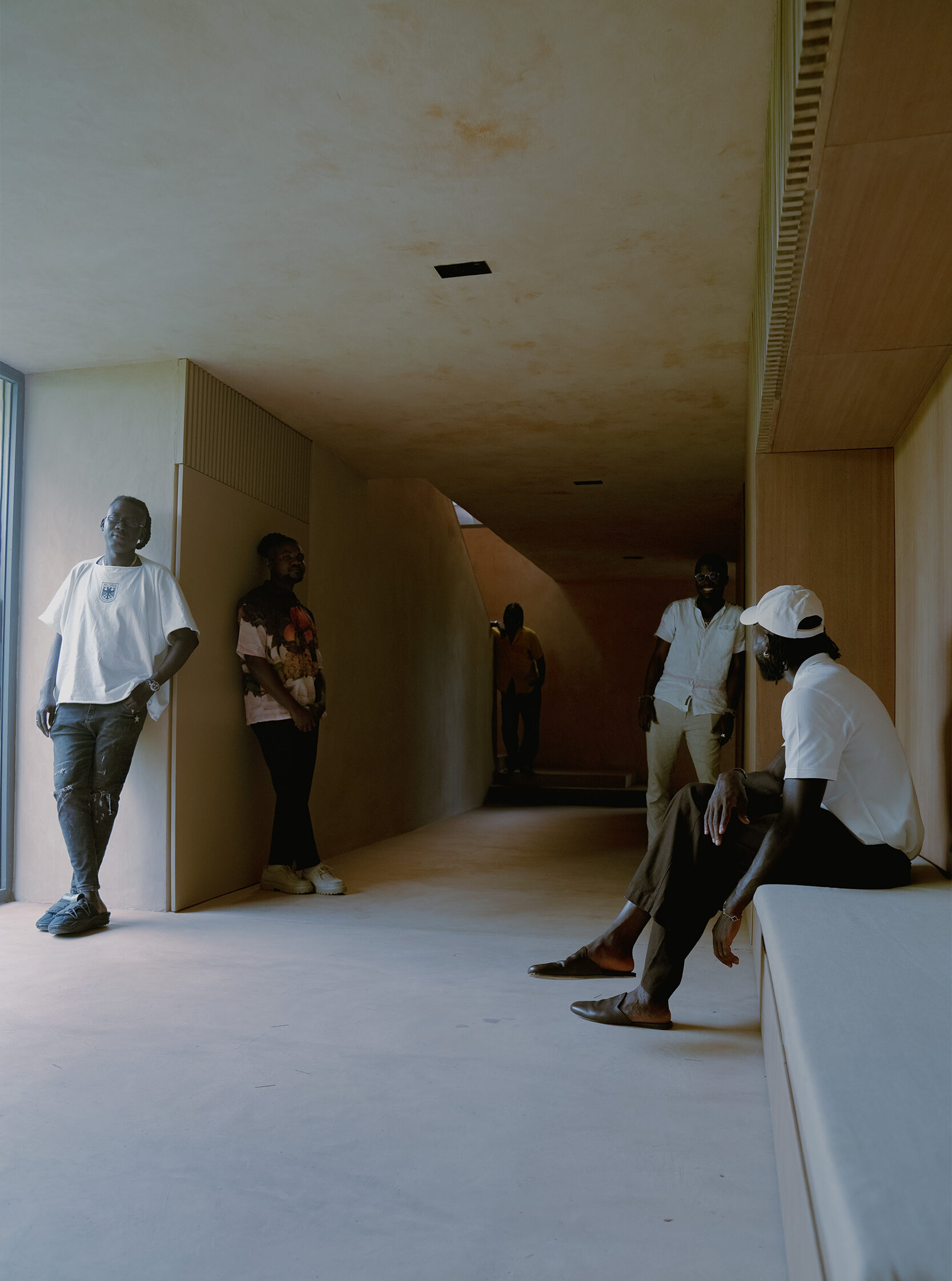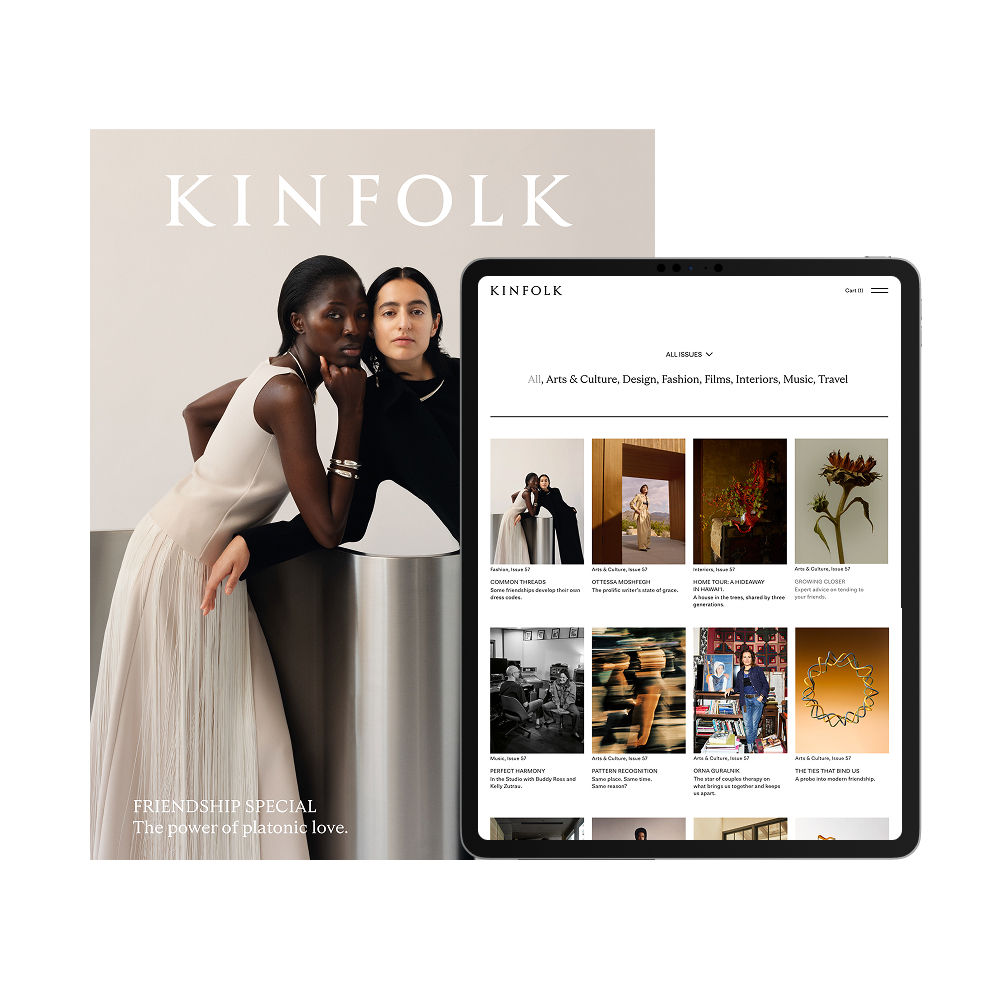
HIDDEN DEPTHSThe psyche behind secret spaces.
- Words Alex Anderson
- Photo Alexander Poellinger
- Artwork Courtesy of Dani Karavan. Kikar Levana, 1977-1988.
- Words Alex Anderson
- Photo Alexander Poellinger
- Artwork Courtesy of Dani Karavan. Kikar Levana, 1977-1988.
Have you ever looked at someone’s pocket and wondered: What’s in there? A slight sag in the fabric, an unusual contour, a clink of metal offering a tantalizing hint. Perhaps the pocket is loosely guarded with a buttoned flap or a zipper, symbolic but weak measures of security that nonetheless focus the intrigue. The object in question would be easy enough to reveal, but it remains just out of sight and, as a result, takes on an oversize significance.
Far more than just a practical space to store coins, a phone or keys, the pocket, when seen in this way, becomes a place of potential discovery. However securely these hidden spaces might guard their clandestine objects, they also seem to invite intruders to look for a way in. At a conference on “Pockets, Pouches, and Secret Drawers” at the University of London in 2021, art historian Carolyn Sargentson explained that pockets, hidden chambers in furniture or covert rooms in buildings beautifully illustrate the enigma of secrets. “A thing concealed but not known about,” she said, “isn’t a secret at all; it’s simply a thing concealed. For it to become a secret its existence must be known in some way. Then, and only then, does it have currency and agency as a secret. Once the knowledge of the secret is out, the search for access [to] it can begin.”
Scholars of hidden spaces highlight their deep cultural significance, explaining that they don’t merely protect the things we value from prying and theft; they also thinly veil our hidden depths, what philosopher Samuel Talcott calls our “secreted selves.” Talcott uses this term to explain that “the self is always present in the material world, though secreted away, as if in an unfathomably deep and inaccessible pocket of the physical machine.”
We all project an incomplete—or edited—picture of our inner lives to the world, holding back prejudices, uncertainties and inadequacies to all but our closest confidants. Those secrets, it seems, are essential to constructing a sense of self. Maybe that is why we find a delightful riskiness in hiding things of great value in plain sight—in a carved-out book on the living room shelf, in a double-bottomed sock drawer, in an ornamental box under the bed, in a trouser pocket. These artfully hidden spaces make our most treasured objects more than merely things concealed; they become invitations to discover our deepest secrets.



